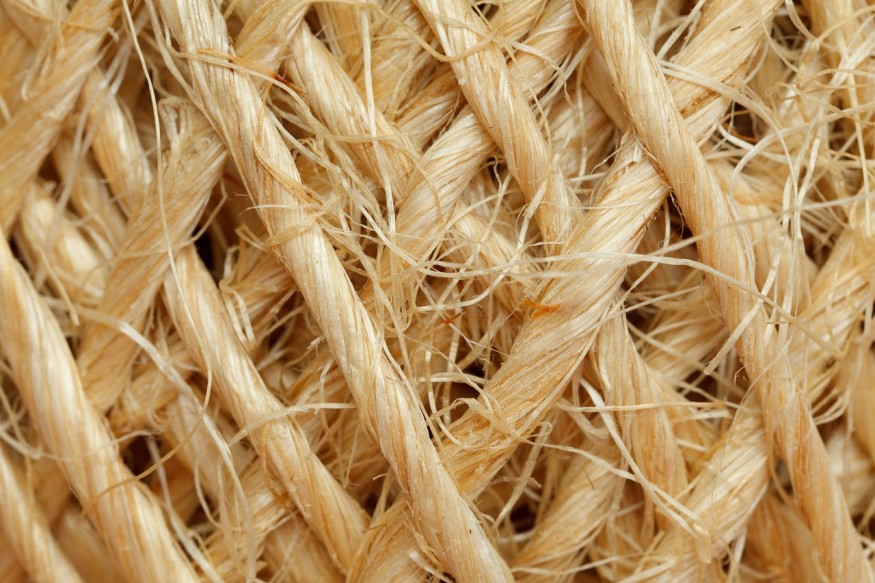
Archeologists were able to unearth the world's oldest cord string from 50,000 years ago at an archeological site in Abri du Maras in southeastern France where Neanderthals lived between 90,000 and 42,000 years ago.
Before this discovery, the oldest-known fabric fragments were from 19,000 years ago in Israel.
The 6-millimeter-long cord fragment of ancient yarn was wrapped around a stone tool, which the researchers believe may have been used as a tool handle or was a part of a bag. The cord was analyzed by anthropologist Bruce Hardy of the Kenyon College in Ohio and revealed that the fibers were weaved to create a three-ply cord, such a weaving ability requires basic numerical skills.
In a paper published in Nature, the authors detailed the process of cord production and processing and the ability it requires to produce such cord. They said the fibers also appear to be taken from an inner bank of a conifer known as the bast. This fibrous layer of the inner bark eventually hardens and becomes bark. Early spring is the appropriate time to separate basts from the bark, as this is the time when the sap rises. Once the bark is removed from the tree, the bast is separated from bark through beating. Soaking the fiber in water also hastens the separation as it softens the bark and improves the quality of the bast. The bast is then separated into strands and is twisted into cordage. The fibers were weaved into a yard using counterclockwise "S-twist", and three strands of yarn were woven in a clockwise "Z twist, making the cord more durable. Producing these cords reveals that neanderthals have extensive knowledge of tree seasonality and growth., but also require an understanding of mathematical concepts, numerals, creation of sets of elements, and pairs of numbers to create a structure. Making such a cord would need "context-sensitive operational memory to keep track of each operation," the researchers report. As the cord became more complex, such that multiple cords were twisted to form a rope and was then interlaced to form knots reveal that Neanderthals had an "a cognitive complexity similar to that required by human language."
The presence of the cord reveals the Neanderthal's ability to manufacture cordage. Researchers also believe that it hints at a much larger fiber technology. The production of the cord also shows that it is possible to manufacture bags, mats, nets, fabrics, baskets, snares, and even watercraft.
This recently discovered cord fragment from Abri du Maras is the oldest evidence of fiber technology to date. The Abri de Maras is in a valley near Ardeche River, a tributary of Rhone River. There have been excavations in the area since 2006, and are focused on Middle Paleolithic occupations. Previous findings of artifacts used by Neanderthals also attest to their knowledge of trees. The chose boxwood for its density, they used fire in the production of digging sticks, and in the construction of Schöningen spears, they centered the point for increased strength. They were also manufacturing birch bark tar, which was used as an adhesive in the Middle Pleistocene of Italy. Neanderthals used birch bark tar as backing on stone tools.
© 2025 NatureWorldNews.com All rights reserved. Do not reproduce without permission.





